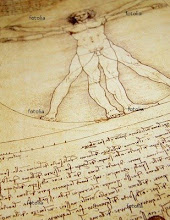


.jpg)


It's the result of bonding several layers of glass, providing safety from impact, burglary and can even be bullet proof.
Technical Characteristics
- The glass sheets are bounded with PVB (polyvinylbutyral) film: two or more sheets of glass with a film between them, rolled and heated.
- Quantity of layers depend on the level of safety you want.
- Replace one of this layers with a sheet of polycarbonate, the burglars will be all the morning trying to break it...
- Use a low iron content on the glass in order to keep it transparent.
You can glue the laminated glass with epoxy resin, a material I already described in this amazing blog. Laminated glass has also decorative properties. You can install wood veneers or tree leaves, photographic images. Laminated glass with resin will provide accoustical insulating properties.
Applications
Laminated glass is primarily used in the cases already mentioned. However toughened laminated glass may even be used as a building material, for example to improve the stability of glass façades or glass beams in glass roofs. News: laminated glass tubes used as elements in a space frame structure. or as compression bars in so called tensegrity structures.
Colour: Variable
Glossiness: Glossy, satin, matt
Translucence (%); 0 – 20 – 40 – 60 – 80 – 100
Texture: Sharp, medium, dull
Hardness: hard, soft, despressible
Temperature: warm, medium, cool
Odour: Strong, moderate, none
Acoustic opacity: good, moderate, poor

very nice article about laminated glass
ReplyDeleteLAMINATED GLASS is type of glass that survives impact and resists penetration. Use LAMINATED GLASS in different type of application
ReplyDelete